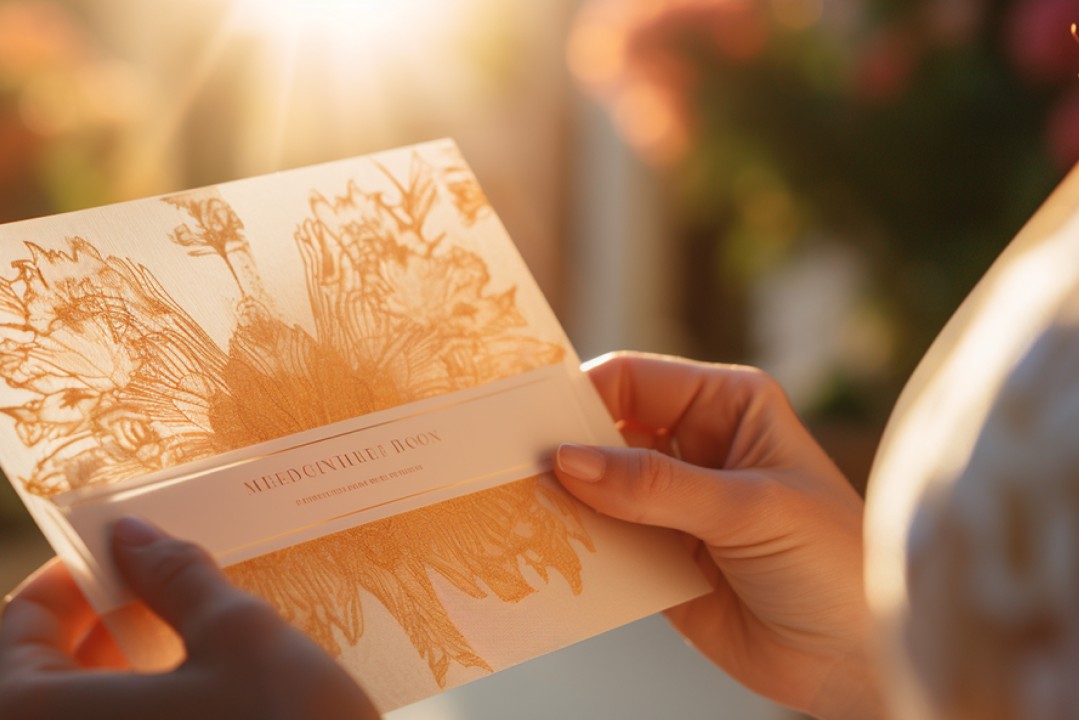The Impact of Technological Innovations on Printed Invitations
Traditional practices often find themselves blending with modern innovations. One such practice is the art of custom-printed invitations. Invitations have long been the starting point for special events, from weddings to birthday parties. They set the tone, create excitement, and provide vital details about the occasion. However, with the rise of digital tools and online platforms, custom-printed invitations have significantly transformed.
In this article, we’ll explore how technology is reshaping the way we create and print custom invitations, making the process more efficient, accessible, and personalized.
The Evolution of Invitation Printing
Not so long ago, printed invitations were a luxury. The process involved designers, printing presses, and often hefty price tags. Invitation cards were limited to specific paper types, designs, and fonts. People would visit local print shops, choose from a limited catalog, and wait days or even weeks for the final product.
However, with the advent of technology, the invitation printing process has become easier and more cost-effective. Modern tools allow anyone, from professional designers to individuals planning their own events, to create stunning, high-quality invitations with just a few clicks. The ability to customize every aspect of an invitation, from the design to the wording, has made it possible for people to express their unique style and personality more than ever before.
Online Platforms and Design Tools
One of the biggest shifts in the custom invitation industry has been the rise of online platforms and design tools. Websites such as Canva, Adobe Spark, and even Etsy allow users to design their own invitations without the need for professional design experience. These platforms offer a wide range of templates that users can personalize by changing colors, fonts, and images to suit their tastes.
For those who are less tech-savvy, these platforms provide user-friendly interfaces that simplify the design process. A person planning a birthday party or a wedding can now sit at their computer, pick a template, and adjust it to their liking—all without leaving their home.
Furthermore, many of these platforms now offer direct printing services. After designing their invitation, users can place an order, and the print custom invitations are delivered straight to their door. This convenience, paired with the ability to personalize every detail, has revolutionized the way people approach invitation printing.
The Role of Digital Printing
Traditional printing methods, like letterpress or offset printing, are still popular for their timeless elegance and high-quality results. However, digital printing has become a game-changer for those looking for faster, more affordable options.
Digital printing allows for high-resolution images and text to be printed directly onto the invitation paper without the need for printing plates. This not only speeds up the process but also reduces the cost, as there is no need for costly setup fees. Additionally, digital printing enables smaller print runs, meaning people can print just the number of invitations they need, which is ideal for smaller gatherings or events with a limited guest list.
The quality of digital printing has also improved significantly over the years, with many print shops now offering premium options that rival the results of more traditional methods. This balance between quality, speed, and affordability has made custom invitations accessible to a wider audience.
Personalization at the Forefront
Technology has also played a key role in enabling deeper levels of personalization. In the past, customization was often limited to the basic design and text of the invitation. But now, with advancements in printing technology, people can incorporate more unique elements into their invitations.
For example, digital printing allows for the inclusion of custom graphics, family photos, or hand-drawn illustrations. Special finishes, such as foil stamping, embossing, or die-cutting, can also be added more easily and affordably. This level of personalization adds a touch of individuality to each invitation, making it more memorable and meaningful.
Moreover, with data-driven technology, couples getting married or event planners can create invitations tailored to each guest. For example, using variable data printing, a host can personalize each invitation with a specific guest’s name, making each one feel like a unique work of art.
Sustainability in Invitation Printing
As awareness of environmental issues grows, technology is also helping the custom invitation industry become more sustainable. Many modern printing services now offer eco-friendly options, such as recycled paper, biodegradable inks, and water-based coatings. Digital printing, with its ability to produce smaller print runs, also reduces waste by allowing people to print only what they need.
Furthermore, some companies now offer a hybrid solution of both printed and digital invitations. A couple may choose to send printed invitations for the main event while sending digital invitations for follow-up events, such as a rehearsal dinner or reception. This approach combines the elegance of printed invitations with the convenience and sustainability of digital options.
The Future of Custom Invitations
As technology continues to evolve, the possibilities for custom-printed invitations are likely to expand even further. Augmented reality (AR) and virtual reality (VR) may soon play a role, allowing recipients to scan their invitations and view a digital preview of the event space or even receive a personalized video message from the host.
Moreover, 3D printing technology may revolutionize the way invitations are designed and produced, allowing for invitations that are not just printed on paper but created as physical objects with intricate details. These innovations could take the customization and personalization of invitations to an entirely new level.
Conclusion
With online platforms, digital printing, and a focus on personalization, creating custom invitations has never been easier or more creative.
As technology continues to evolve, so too will the ways in which we design, print, and send invitations. Whether for a small birthday party or a grand wedding celebration, printed invitations remain an essential part of event planning, combining tradition with modern innovation to create something truly special.
Keep an eye for more latest news & updates on UBG247!





